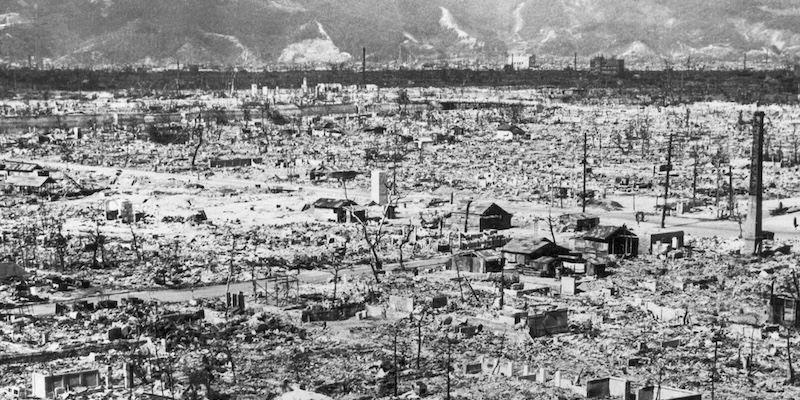In the months following the end of World War II, the American public learned only fragments of what truly happened in Hiroshima and Nagasaki. Despite large casualty figures being shared, the severe human suffering and destruction were largely suppressed by official policies.
Subscribe
Global Conflicts
Modern Weaponry
World Wars
After Hiroshima and Nagasaki: How Allied Media Reported on the Atomic Bombs’ Devastation

Photo by Literary Hub
Key Takeaways:
- The US sought to minimize awareness of the atomic bombings’ full impact.
- Casualty figures were public, but details of suffering remained obscured.
- Journalists like John Hersey attempted to shed light on survivors’ experiences.
- Information suppression shaped international understanding of nuclear warfare.
- The scale of Hiroshima and Nagasaki’s devastation was unlike anything seen before.
Introduction
World War II ended with the surrender of Japan, but for many outside the devastated cities of Hiroshima and Nagasaki, the story was far from complete. Beyond the raw casualty numbers announced in the press, the full horror of the atomic bombings went largely unreported at first. As official efforts to contain the narrative continued, the American public found itself in the dark about the true nature of the bomb’s impact.
The US Government’s Efforts to Conceal the Truth
Shortly after the war, the US went to great lengths to control how the story of Hiroshima and Nagasaki was tol











